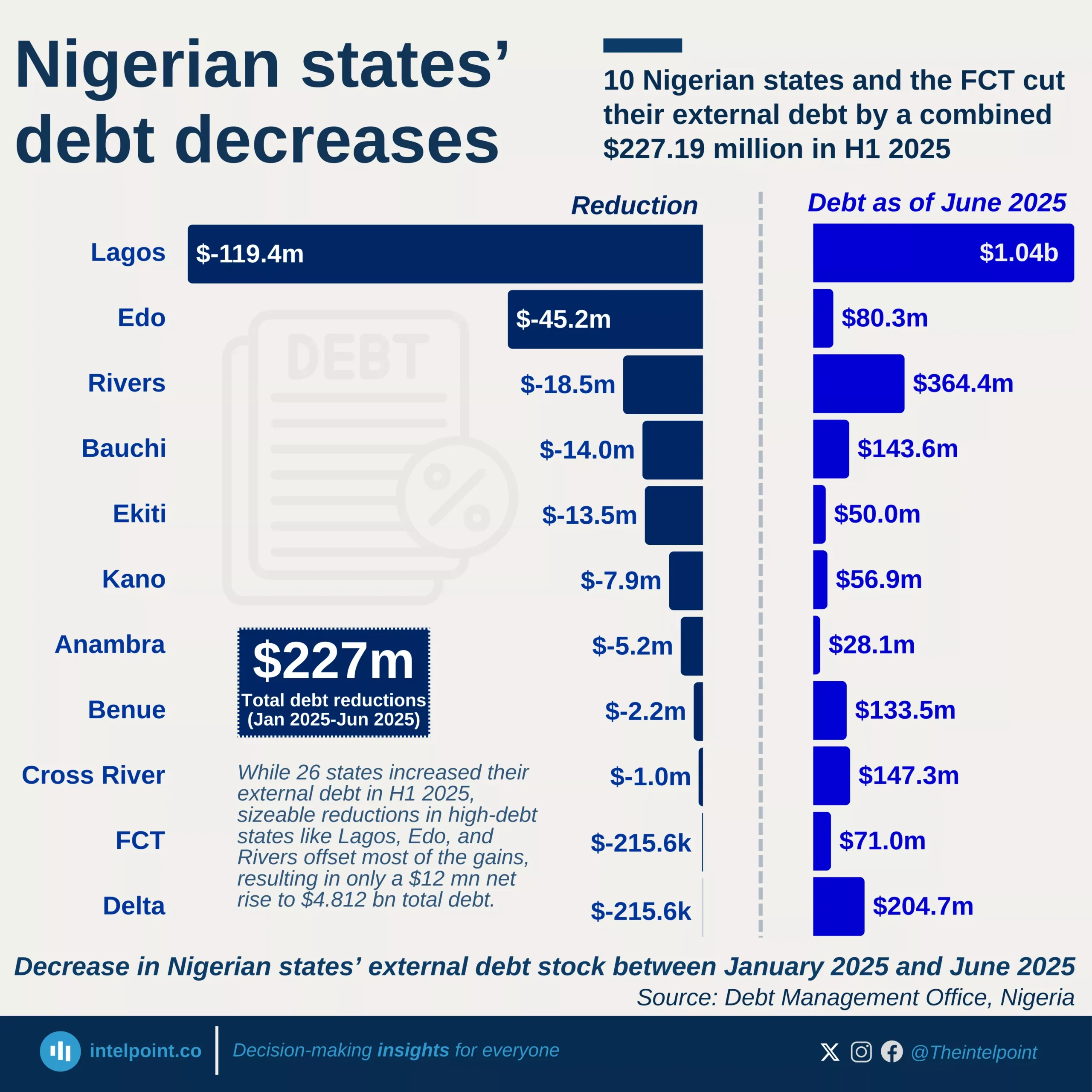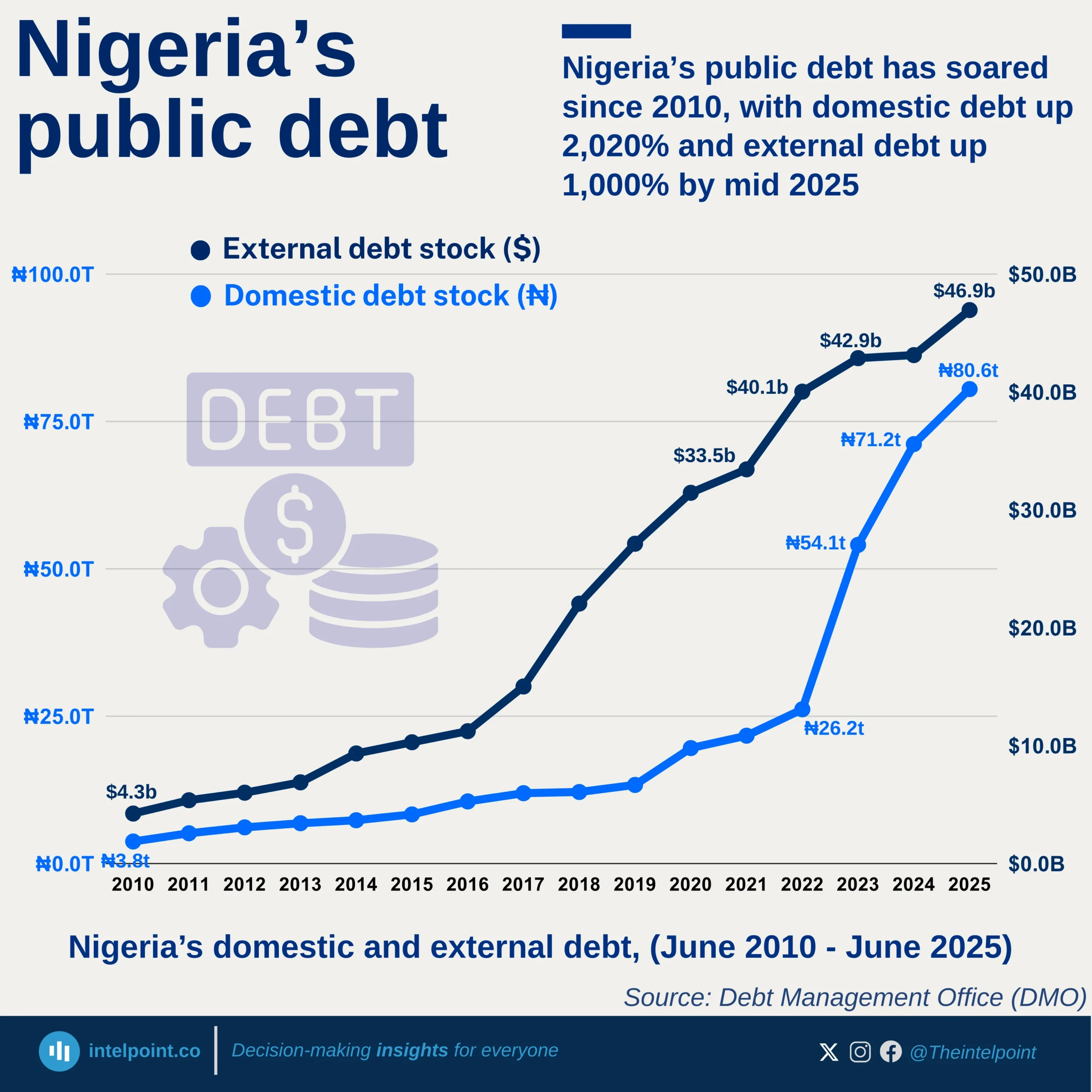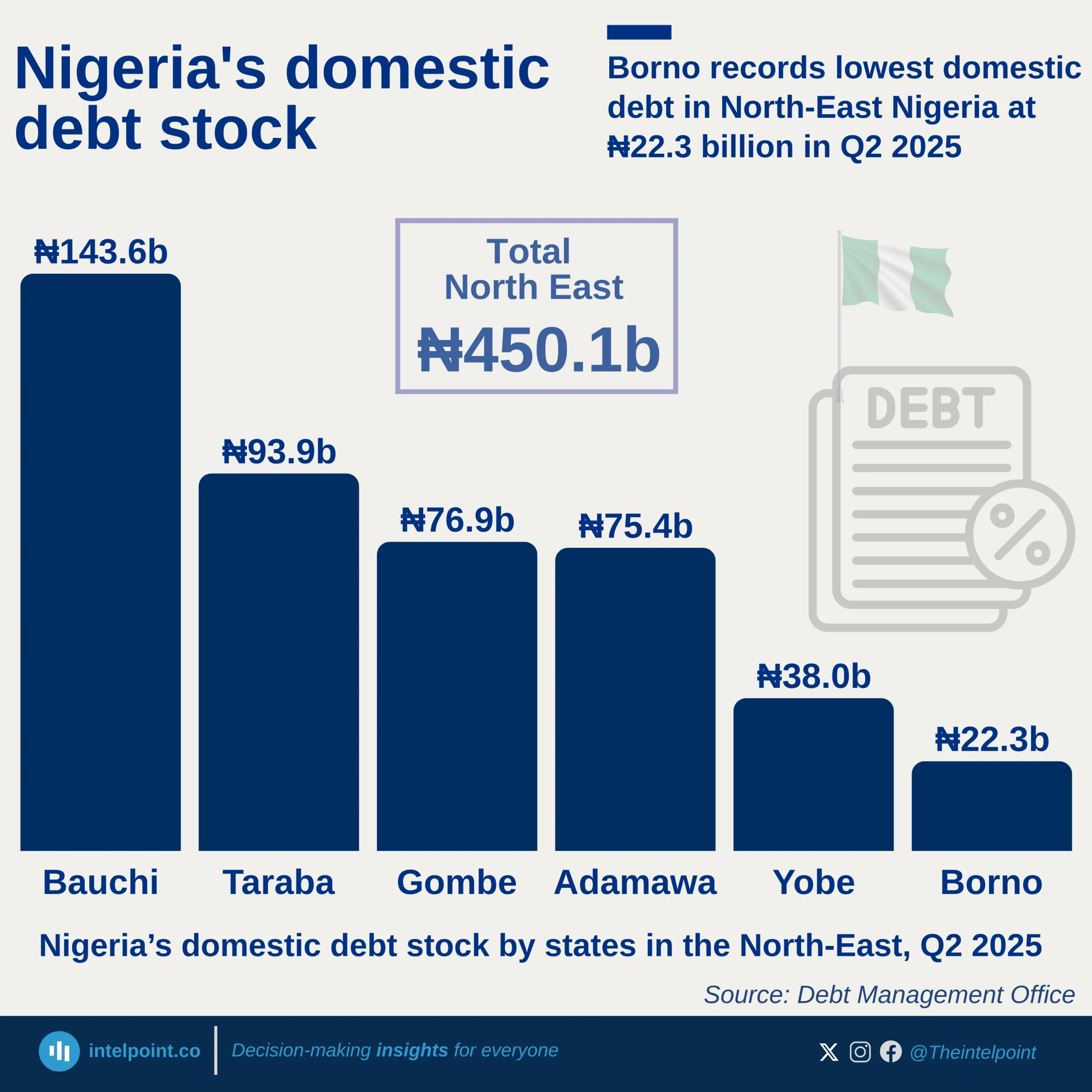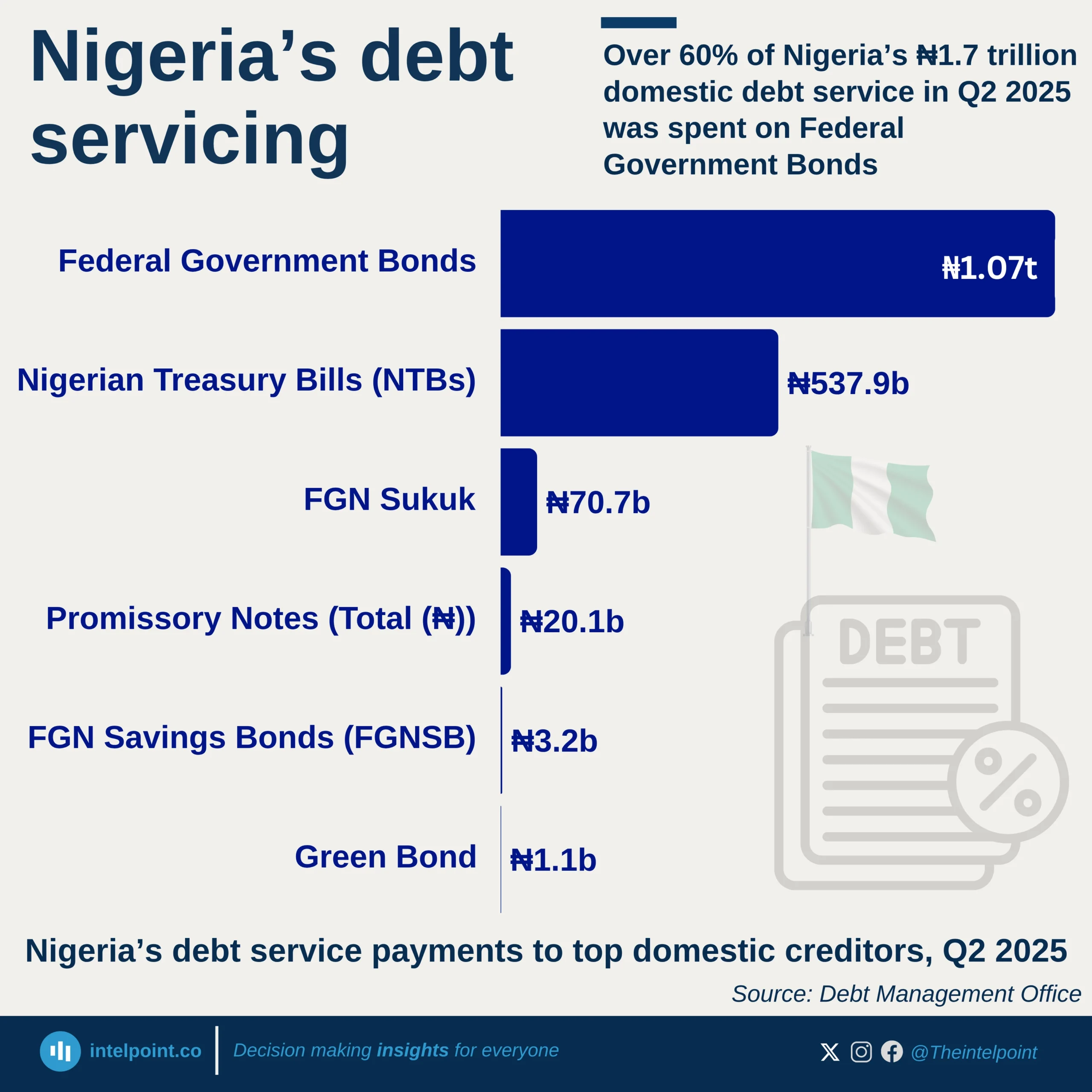As of 2022, the top five African countries indebted to the World Bank — Nigeria, Egypt, Ethiopia, Kenya, and Tanzania — accounted for 46% of the continent's outstanding debt with the institution.
Forty-eight African countries collectively owed around $125 billion, representing 31% of the total global debt of $408 billion. These are the top ten countries from 1970 to 2022.





